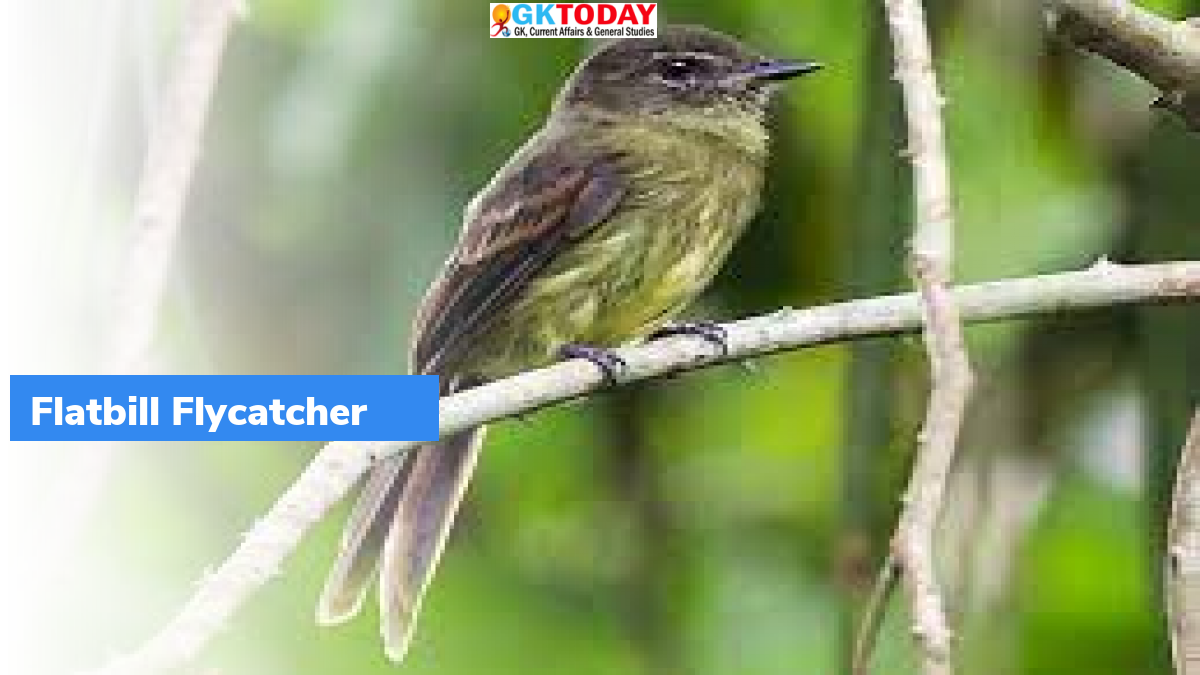Flatbill Flycatcher – New Species
The onrithologists of Finland and Brazil recently discovered a new species of faltbill flycatcher in Amazonian lowlands. It is named “Cryptic flatbill”. Its scientific name is Rhynchocyclus cryptus.
How is new species different from the others?
The flatbill flycatchers are large headed and flat billed. They have white eye rings. Their upper parts are olive green, lower parts are grayish – green and tail is dark brown with olive green. The new species discovered all these characteristics. However, it differed in vocal patterns.
Where are the new species of Flatbill flycatcher found?
They prefer seasonally flooded plains. This includes degraded forest patches close to human settlements. It can be found in islands of Amazon river. Also they are found on the banks of Madeira River and Acre in Brazil.
What are threats of the new species?
The major threats are deforestation. People in the region clear the forest for livestock farms. Also, the bird is highly affected by the construction of large hydro electric dams in Madeira river. This affects the flow of the sediments in the river supporting seasonally flooded forests along the banks. They have been provided conservation status of “VULNERABLE”.
Where are the flatbill flycatchers distributed?
The flatbill flycatchers are distributed in Brazil, eastern Venezuela, north eastern Bolivia and Mexico. They are aggressive insect eaters. They are named flatbill for their flat body.
Why are Flatbill flycatchers called Passerine birds?
They are called passerine birds for their songs and also for the arrangement of their toes. The passerine birds have three toes.
What is hawking in flatbill flycatchers?
The flatbill flycatchers catch flying insects in the air using a feeding strategy called hawking. This technique of feeding is used by most of the birds that spend most of the life time on wings.
Why are dams a major threat to flatbill flycatchers?
The high and low tide levels in dams do not provide a stable habitat. Also, it affects the breeding grounds of these birds. The habitat becomes fragmented. The rising water swamps the surrounding low lying forest. This leaves only few small islands for the birds.


